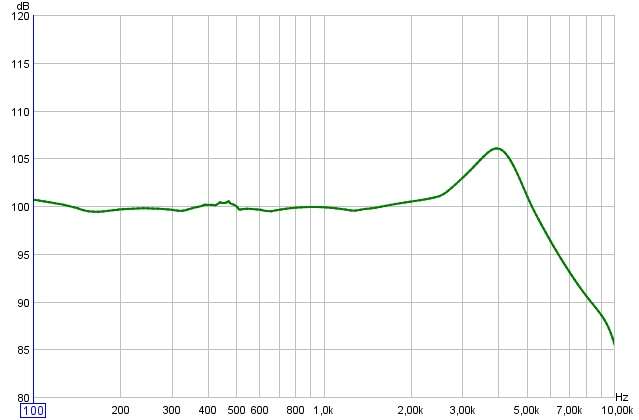For me it's a signal generator and basic voltmeter. If it's a known design I just count turns and make sure there's no shorts (expected dcr, etc). For new designs and occasional "checks" it's the signal generator. With it hooked up to a driver coil I measure the AC output of the pickup throughout the entire range of signal output. This gives me a very "visual" description of the pickups character. Harsh or smooth, focused response or flatter curve, full or harsh, bright or dark, etc etc.
I've never found a bad pickup measuring inductance/Q/etc that didn't also show an anomaly in one of those two pieces of equipment. i.e. odd dcr, continuity between pole/coil, weird signal "notch/spike" or completely unexpected response curve.
I have a lot of test equipment, mostly expensive stuff, Tenma digital 2 channel scope, Wandel Golterman digital signal generator/line tester (pretty cool), fluke rackmount multimeter, genrad rlc digibridge, another wavetek signal generator (never used any more), Bell gauss/tesla meter, ferrofluid, ferro film, etc.
The Wandel Golterman is used mainly as a signal generator, but has the ability to also compare the signal the pickup is generating to the signal it's exposed to and any noise level the pickup adds. Cool idea, just wish I had the damn manual.
Still the most useful is the handheld ohmmeter/voltmeter (also fluke, sits next to the winder) and the signal generator. All the other tests are kinda just numbers compared to other numbers, and I have hundreds of pages of "specs"...but the ac output curve is "descriptive" and quite "telling".
Don't get me wrong, if you're inquisitive and have the money, buy all the equipment (I did). The information gained can only help...but in the end I found it all to be basicly "relative", Inductance being the most useful "spec" of all the other measurements, but still "relative".
I did full "bench tests" of all specs for the second/third/maybe forth hundred pickups (the first hundred or so I didn't have all the equipment) and I also played them all...Gave me a good understanding of how things interact (maybe "feel for" how they interact is better because I can't define it in absolute terms even today).
Now I only test for shorts and maybe inductance (usually first couple with a new spool of wire). Occasionally I make "spot checks" for output curve/install in the test guitar when working with known designs. The rest of it is just there for testing a rare/special pickup and new designs.
I've never found a bad pickup measuring inductance/Q/etc that didn't also show an anomaly in one of those two pieces of equipment. i.e. odd dcr, continuity between pole/coil, weird signal "notch/spike" or completely unexpected response curve.
I have a lot of test equipment, mostly expensive stuff, Tenma digital 2 channel scope, Wandel Golterman digital signal generator/line tester (pretty cool), fluke rackmount multimeter, genrad rlc digibridge, another wavetek signal generator (never used any more), Bell gauss/tesla meter, ferrofluid, ferro film, etc.
The Wandel Golterman is used mainly as a signal generator, but has the ability to also compare the signal the pickup is generating to the signal it's exposed to and any noise level the pickup adds. Cool idea, just wish I had the damn manual.
Still the most useful is the handheld ohmmeter/voltmeter (also fluke, sits next to the winder) and the signal generator. All the other tests are kinda just numbers compared to other numbers, and I have hundreds of pages of "specs"...but the ac output curve is "descriptive" and quite "telling".
Don't get me wrong, if you're inquisitive and have the money, buy all the equipment (I did). The information gained can only help...but in the end I found it all to be basicly "relative", Inductance being the most useful "spec" of all the other measurements, but still "relative".
I did full "bench tests" of all specs for the second/third/maybe forth hundred pickups (the first hundred or so I didn't have all the equipment) and I also played them all...Gave me a good understanding of how things interact (maybe "feel for" how they interact is better because I can't define it in absolute terms even today).
Now I only test for shorts and maybe inductance (usually first couple with a new spool of wire). Occasionally I make "spot checks" for output curve/install in the test guitar when working with known designs. The rest of it is just there for testing a rare/special pickup and new designs.


Comment